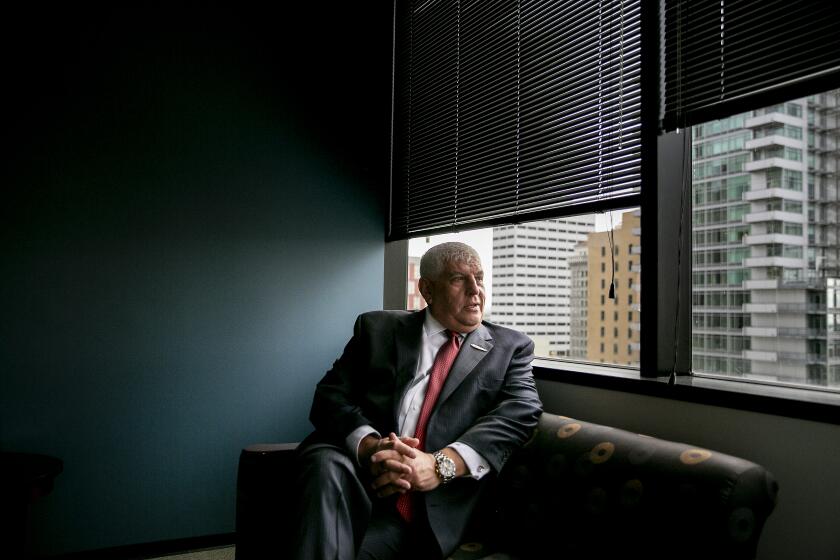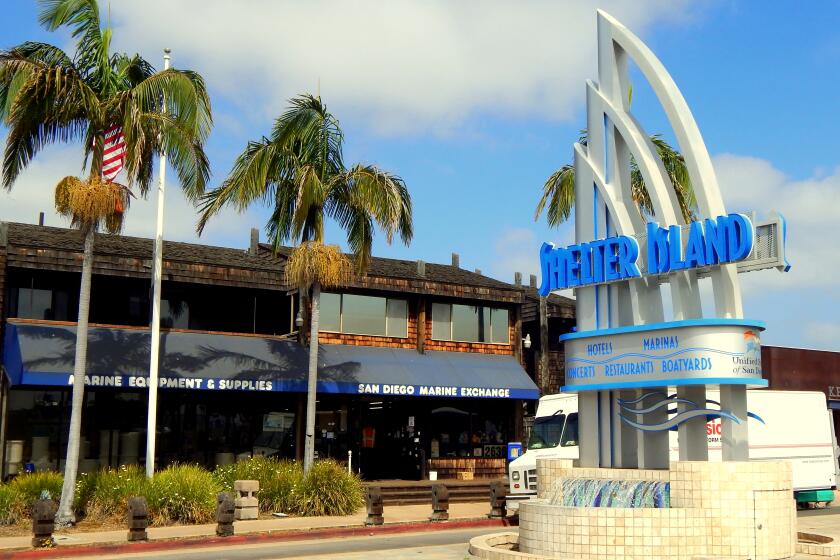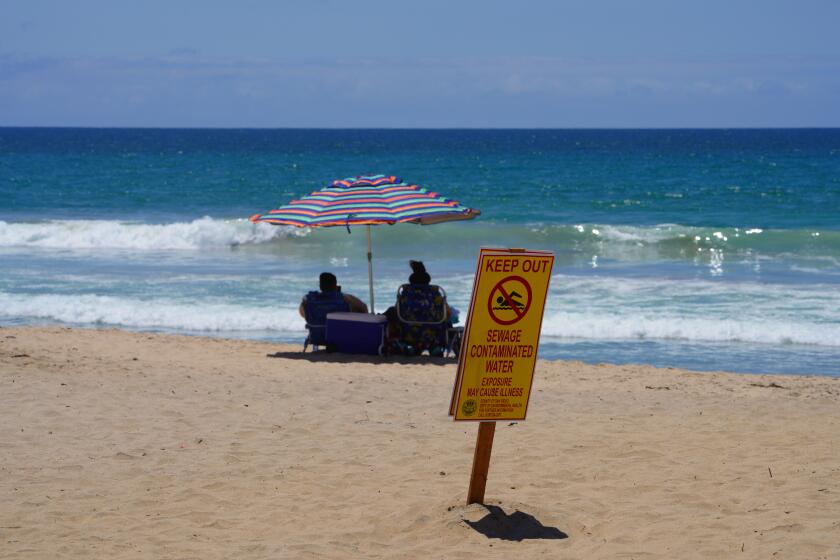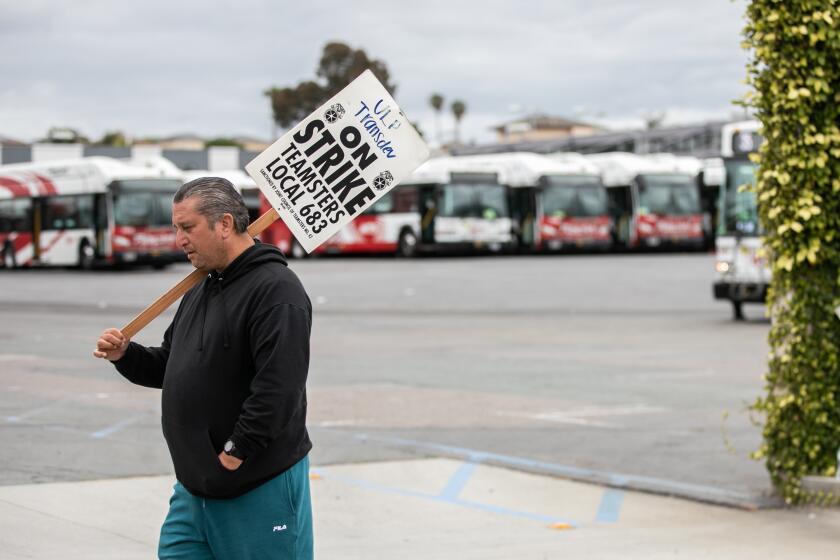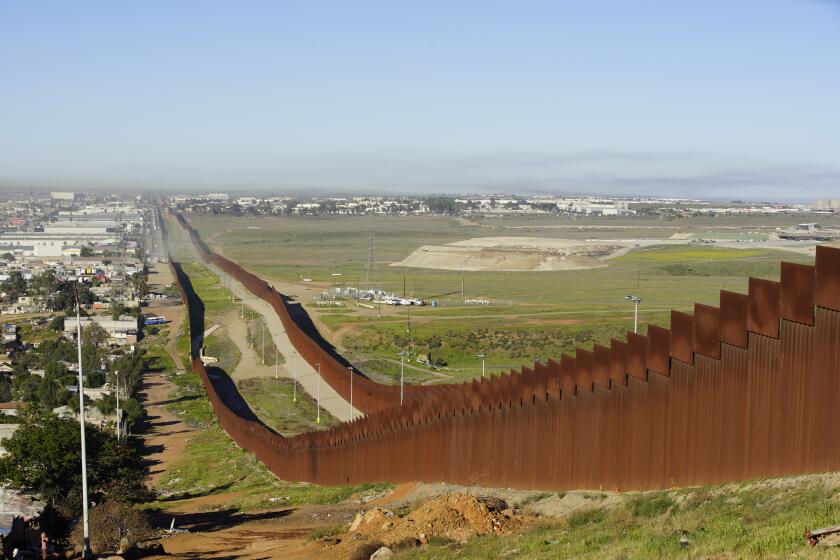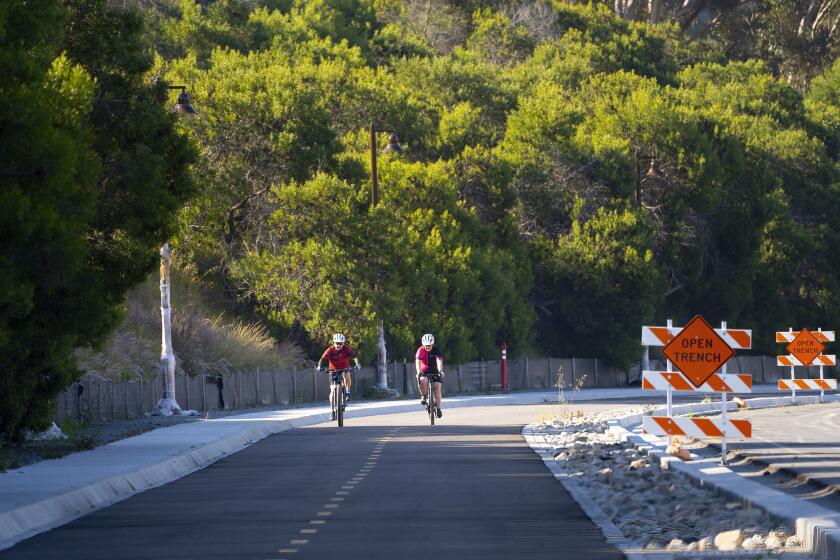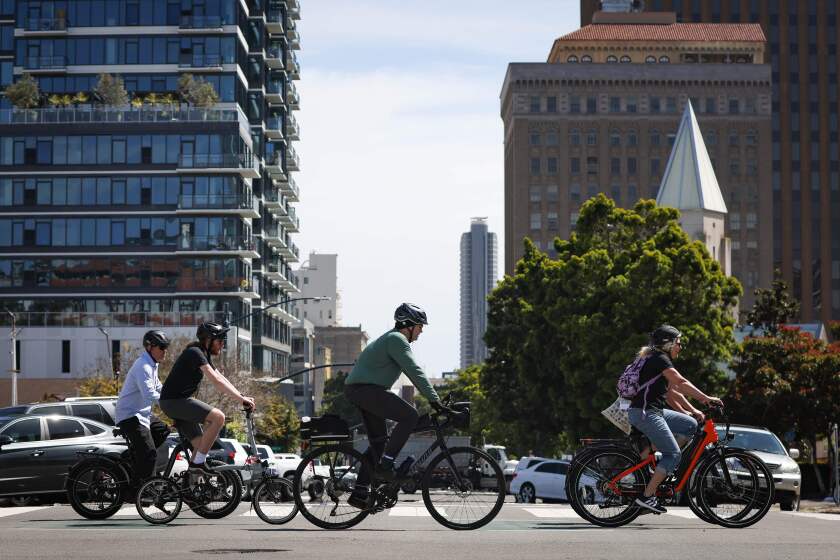Why California isn’t banking on electric cars to replace public transit in greener future
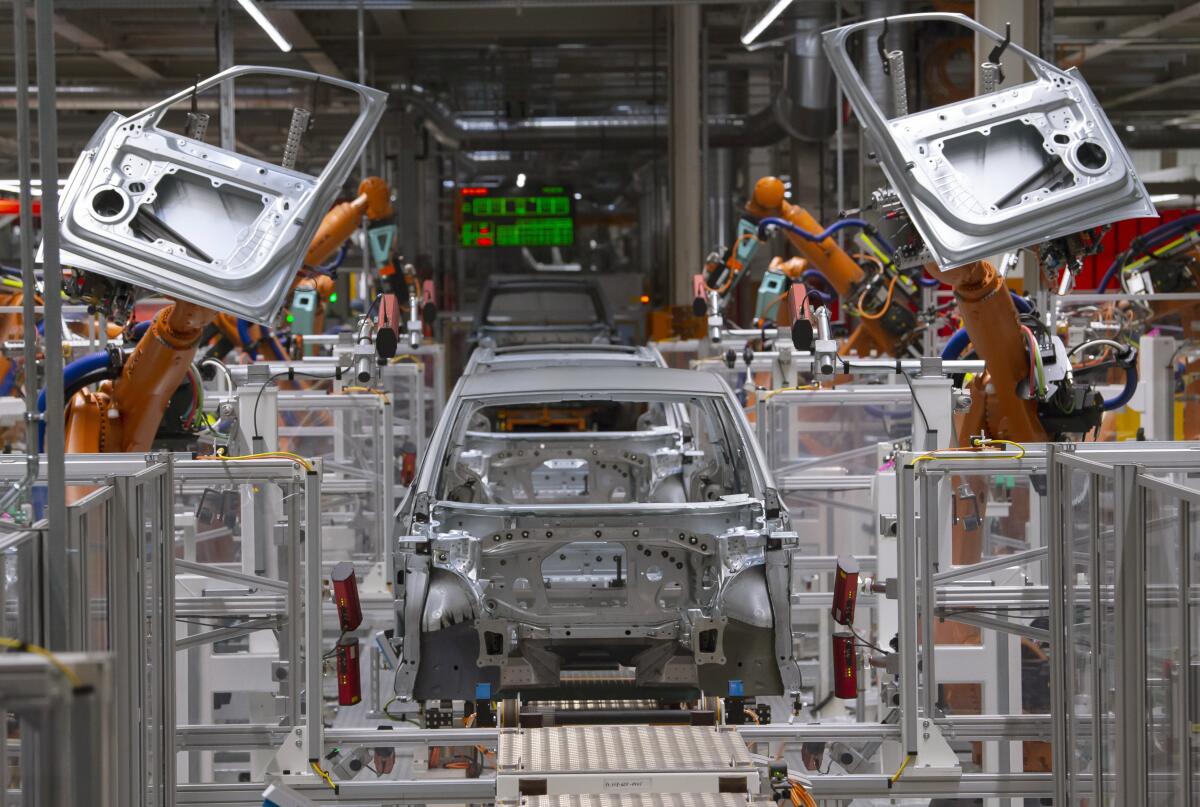
Those opposed to raising taxes to fund rail expansions have long claimed electric cars will make such investments unnecessary. Experts say boosting transit is not only about greening mobility but limiting energy demand
California has vowed to ban the sale of new gasoline-powered cars and trucks by 2035, making way for an electric vehicle boom. But researchers and state officials say even that is not enough to meet the state’s ambitious climate goals.
People will not only have to embrace cleaner vehicles but trade long car commutes for dense, walkable neighborhoods serviced by transit, experts say. Simply building expensive rail projects, they cautioned, won’t help achieve the state’s benchmarks unless homes and businesses are tightly packed.
The average person will need to drive no more than about 17 miles a day, down from nearly 25 miles a day in 2019, to meet the state’s target of carbon neutrality by 2045, according to the California Air Resources Board. That’s partly because nearly a third of personal vehicles in the state are projected to still run on gasoline by then.
“This is a far superior environmental strategy than just promoting electric vehicles, not just because of how these transit-oriented communities can reduce driving miles but also because they spur construction of more compact homes that require less energy to heat and cool and water to irrigate,” said Ethan Elkind, director of the climate program at UC Berkeley’s Center for Law, Energy and the Environment.
Powerful transportation planning czar pushing for per-mile fees on drivers says he may leave San Diego region if elected officials can’t agree on transformative vision for public transit
Californians have long debated the environmental value of public transit, from the state’s bullet train to Los Angeles’ ongoing subway tunneling to San Diego’s envisioned commuter rail expansion. Proponents have repeatedly argued that trains and buses are a crucial part of curbing planet-warming emissions, while opponents have countered that electric vehicles will address such environmental concerns.
When San Diego transportation officials sought approval a year ago for a roughly $160 billion blueprint to expand the region’s rail system, for example, local conservatives questioned whether the vision would actually help address climate change.
“The future of transportation is almost certainly going to be autonomous, clean vehicles, and that’s already at our doorstep,” Coronado Mayor Richard Bailey said during a public hearing on the issue. “This plan largely ignores them.”
The debate over the future of transit is, in many ways, a fundamental disagreement about housing. Specifically, should sprawling residential neighborhoods be transformed into densely populated communities akin to San Francisco or West Hollywood?
California is now preparing for a world without gas plants and nuclear power. And the vision, while bold, is also daunting. Electrifying everything from vehicles to home laundry, cooking and heating units will dramatically increase energy demand, all while the state grapples with the full switch to renewable energy.
The state will need to roughly triple annual installation of wind and solar while increasing battery projects eightfold during the next two decades to achieve its climate goals and maintain the grid, according to the California Energy Commission. During the September heatwave, the state set a new record for peak demand at 52,061 megawatts. The agency is preparing for regular spikes up to 78,500 megawatts by midcentury.
Top state officials have drafted and redrafted a blueprint for phasing out fossil fuels, called the Scoping Plan for Achieving Carbon Neutrality. A key strategy of the document is promoting dense, walkable neighborhoods.
“If you don’t change development patterns, you end up having more power generation, including delaying retiring existing natural gas plants to accommodate the switch to electric vehicles,” said Juan Matute, deputy director of UCLA’s Institute of Transportation Studies.
To lower the threat of blackouts, elected leaders from Sacramento to San Diego are pushing developers to build multifamily housing in coastal areas where there’s lower demand for power-hungry heating and cooling systems.
Still, cities might want to pause before spending billions of dollars on new rail systems, experts warned. Sprawling L.A. has invested heavily in rail, without significant increases in density, only to see ridership decline.
Electric buses and on-demand shuttles might be a cheaper and better fit for cities struggling to urbanize, said Dan Sperling, a member of the California Air Resources Board and founding director of the UC Davis Institute of Transportation Studies.
“What’s happened especially for rail transit, which relies heavily on commuters and more affluent white collar workers, is they’ve lost much of that ridership,” he said. “Transit systems are in dire shape and facing a fiscal cliff in the next few years.”
Transit use across the state and country had been declining over the last decade before plummeting during the pandemic. More people have returned to transit in recent months, but work-from-home trends appear to be taking a lasting toll. Nationwide use last year was less than half what it was in 2014 at its peak, according to the American Public Transportation Association.
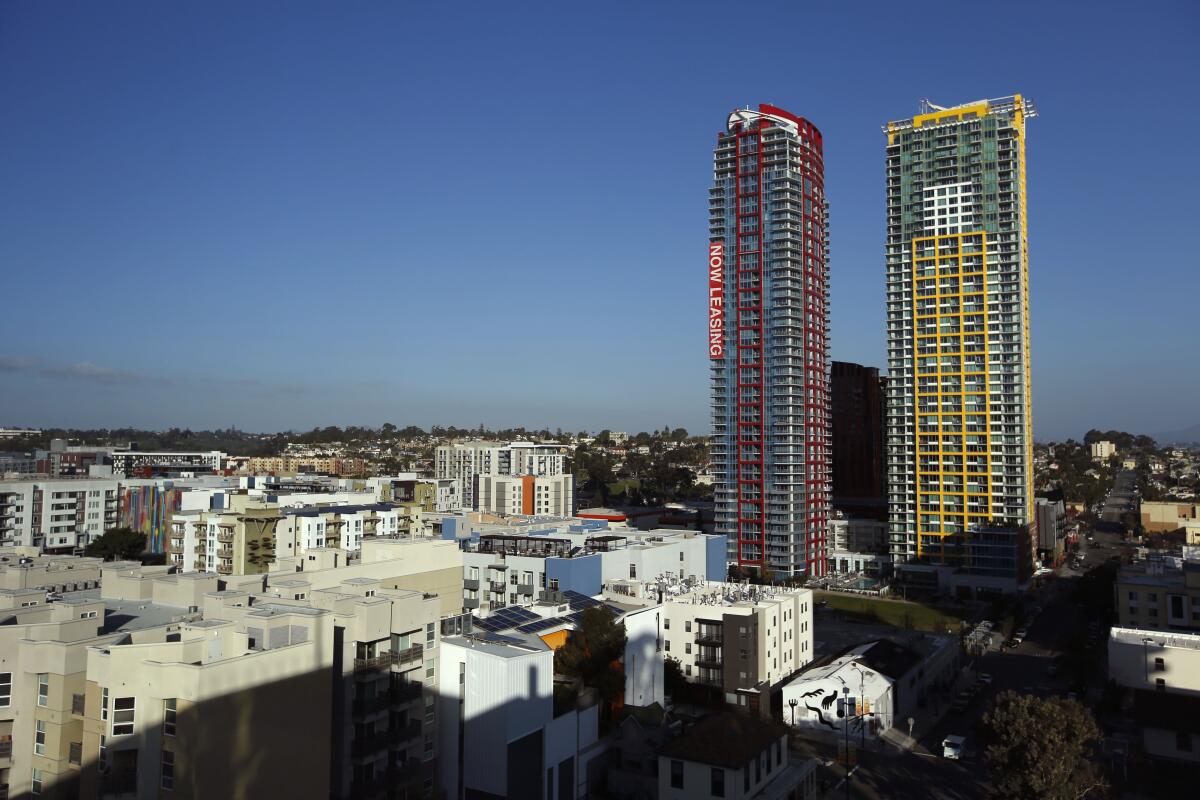
Now many agencies face the prospect of having to cut service as emergency federal funding runs out, most notably Bay Area Rapid Transit. The San Diego Metropolitan Transit System has said it has enough stimulus cash to last at least through 2027, with ridership down by roughly 40 percent since its high-water mark in 2015.
Given the situation, some elected officials are skeptical about pouring more money into costly transit projects, especially when population growth in the state has flatlined and new home construction continues to struggle.
“I used to joke, you want to be safe from the pandemic, go hang out on a bus or a trolley because there ain’t nobody there,” said El Cajon Mayor Bill Wells.
Wells was skeptical that many Southern Californians would welcome more urban living, including sharing walls with neighbors and carrying grocery bags down crowded sidewalks.
“Americans don’t want to be told what to do,” he said. “People are going to resist, even if it’s going to cost them more money or if it’s not as good for the environment.”
Get Essential San Diego, weekday mornings
Get top headlines from the Union-Tribune in your inbox weekday mornings, including top news, local, sports, business, entertainment and opinion.
You may occasionally receive promotional content from the San Diego Union-Tribune.
